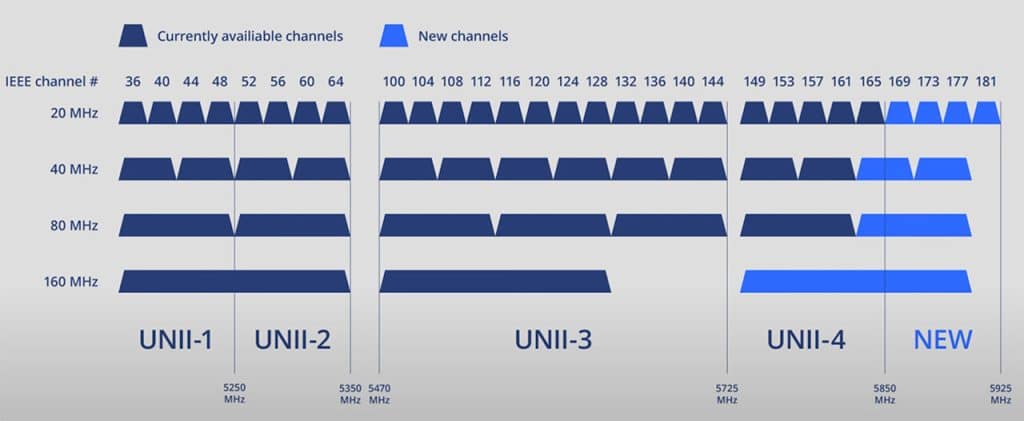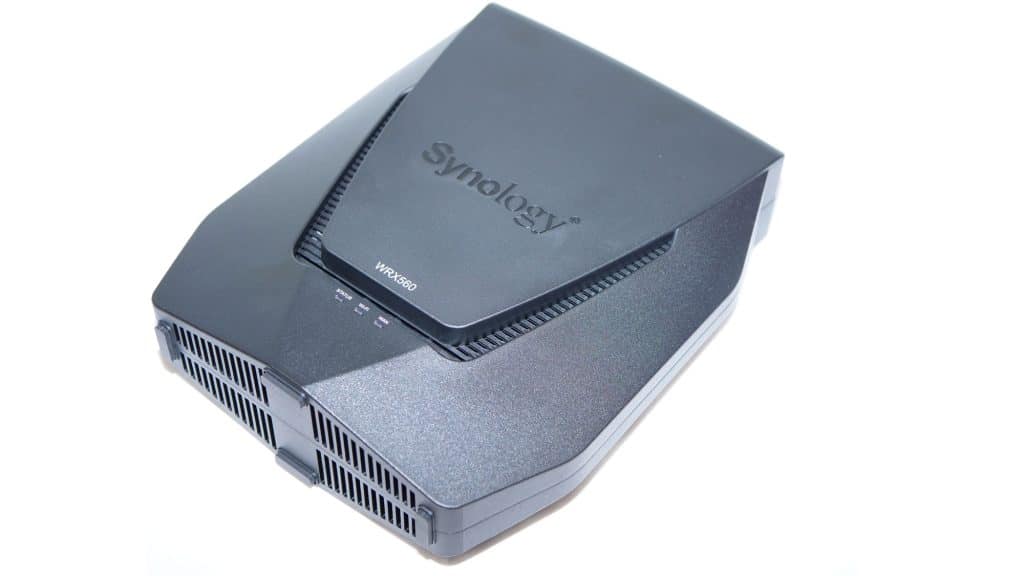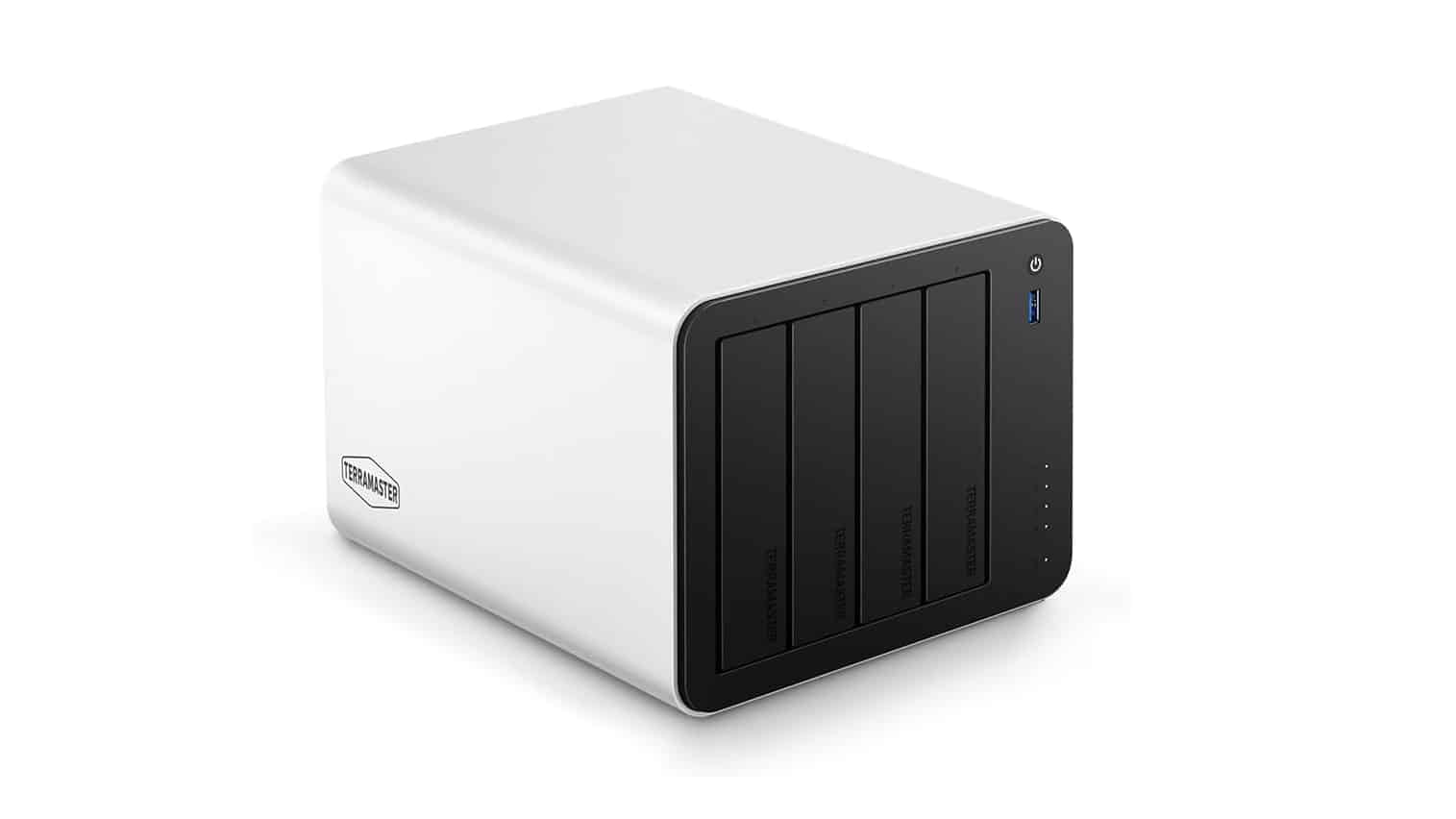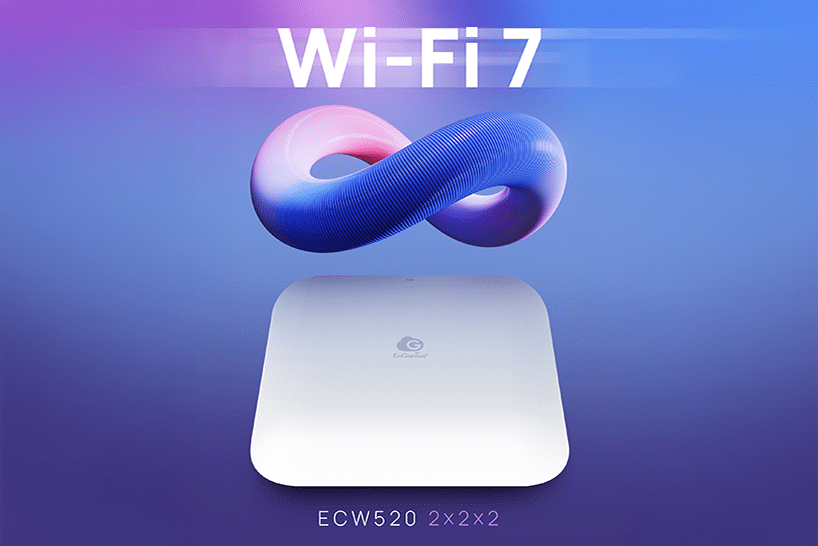The Synology WRX560 is a mid-tier Wi-Fi 6 router offering up to 3000Mbps speeds, featuring a single 2.5GbE WAN/LAN port, a unique exterior design and the awesome Synology Router Manager operating system.
Synology introduced a new wireless router a while ago, the WRX560, which I will thoroughly evaluate in this review. The WRX560 is a Mesh Router featuring WiFi 6 support, and it also has a 2.5 GbE WAN port which can also be configured as a LAN port. For those of you wondering what a mesh router is, this is a plai12n explanation: It is a type of wireless router that uses multiple devices to create a single, seamless network coverage. These devices work together to distribute the internet signal evenly throughout a home or office, eliminating dead spots and providing a stable and fast connection. This means that to cover a large home or office. You will need more than one WRX560 routers, which will work together to distribute the signal. Before proceeding with the review, let me address the elephant in the room, the WiFi 6 support. WiFi 6 already supports the 6 GHz band for more bandwidth and less congestion, thus increasing data transfer speeds. Synology’s choice not to keep it in this product, which was introduced in October 2022, is disappointing. WiFi 7 is also around the corner.
The WRX560 is a dual-band WiFi 6 router supporting up to 5.9 GHz (UNII-4 WiFi band), but you need compatible clients to exploit this band.

Some more details on UNII-4. It adds a total of four 20 MHz WiFi channels, but the key is that it allows for a third 160 MHz wide channel, which may be handy in congested locations.
With a $258 price tag, I can call this a mid-tier router. Initially, the WRX560 was sold at $220, but at $258, the price difference with the RT6600ax is small. A huge asset of this product is Synology Router Manager (SRM), a mature operating system with many options. SRM is easy to use yet powerful. Compared to the more expensive RT6600ax, the main differences are the dual-band support and the reduced bandwidth, the lower clocked SoC and the lower amount of RAM, and the smaller dimensions. To check the differences between all Synology routers, you can look [url=https://www.synology.com/en-global/products/compare/routers]here[/url].
| Synology WRX560 Specifications | |
|---|---|
| WiSOC: | Quad-core 1.4 GHz |
| Operating System: | Synology Router Manager (SRM) |
| Memory: | 512 MB DDR4 |
| Antenna Type: |
|
| WAN Port: | 2.5 GbE (RJ-45) x 1 |
| LAN Ports: | 1 GbE (RJ-45) x 4, 2.5 Gigabit (RJ-45) x 1 |
| External Ports: | USB 3.2 Gen 1 x 1 (5V, 0.9A power output) |
| USB File System Support: | EXT4, FAT, NTFS, HFS+ |
| Buttons and Switches: | WPS, power, reset, WiFi on/off |
| WiFi Technology: |
|
| Antenna Type |
|
| Mobile Apps: |
|
| Power Consumption: | Idle: 7.94 W In operation: 10.8 W |
| Power Supply: | External, 100–240 V |
| Fan: | N/A (passively cooled) |
| Operating Temperature: | 5–40°C (40–104°F) |
| Dimensions: | 233 x 194 x 66mm (height x width x depth) |
| Weight: | 1.35 kg |
| Warranty: | 2 years |
| Packaging Content: |
|
| Price excl. VAT (when reviewed): | $258 |
The router comes with a single 2.5GbE port which is a nice touch. This port can be used either by the WAN or the LAN interface. The problem with the single high-speed port is that it needs an additional one to fully exploit it; let me explain what I mean by that. Say you have a NAS connected to the 2.5GbE port, and you have fast transfer from the NAS to the router. The clients connected to the 1GbE ports of the router cannot fully exploit the fast link between the NAS and the router because of the slower connection. The only way to have every compatible client utilizing 2.5GbE speeds is by connecting a 2.5GbE switch to the corresponding port of the router, meaning that you will have to pay more. So you can either have a high-speed internet connection to the router’s 2.5GbE port, which won’t be the case for most users, or connect a NAS there. If multiple clients ask for data simultaneously, the fast connection bridge to the NAS won’t be the bottleneck.



